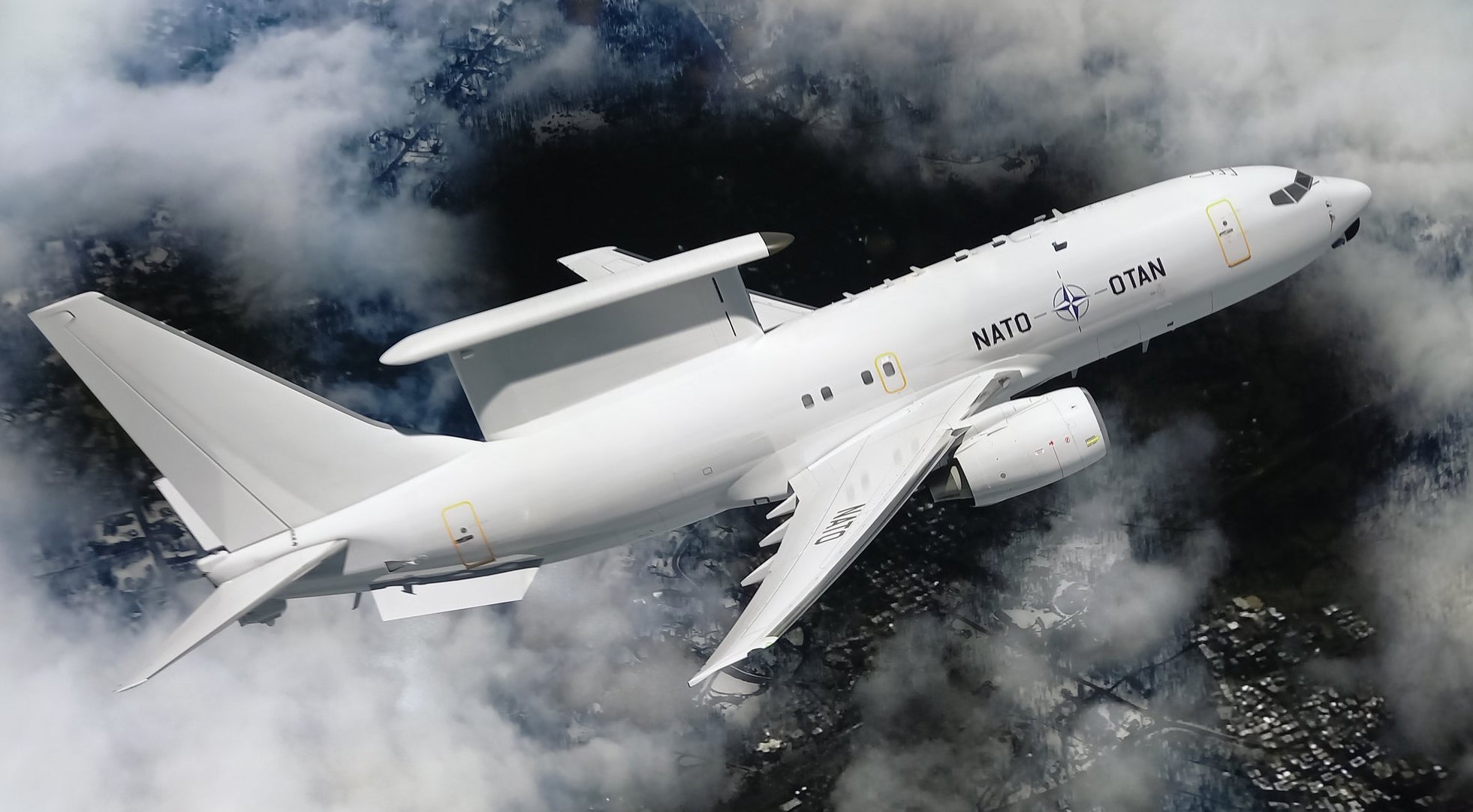From Broadsides Forum
By Dan Middlemiss, 12 November 2023 Appearing before the House of Commons Standing Committee on National Defence on 7 November 2023, Bombardier CEO Eric Martel once again claimed that the procurement process for the new Canadian Multi-Mission Aircraft (CMMA) is “deeply flawed and lacking...

www.navalreview.ca
By Dan Middlemiss, 12 November 2023
Appearing before the House of Commons Standing Committee on National Defence on 7 November 2023, Bombardier CEO Eric Martel once again claimed that the procurement process for the new Canadian Multi-Mission Aircraft (CMMA) is “deeply flawed and lacking transparencies” and that there has “clearly” been a violation of proper procedures.
“Too often, our current procurement approach starts too late, is not strategic and results in the acquisition of equipment that is just good enough, rather than the most cutting-edge solution,” Martel said, adding that Bombardier has “a more capable solution” with aircraft that can fly faster, higher and further than the alternative options being considered. “We’re capable, we can do it. We’ve done it for other people and we’re not even being considered? This is a scandal.”
Martel claims the cost to operate the Bombardier aircraft will be 30-40 per cent less than the Boeing P-8 option, and that its planes will be more efficient, burning 40 per cent less fuel. He also stated that the contract would create 22,000 jobs in Canada, because the planes would be produced in Ontario and Quebec.
In addition, on the same day the Premiers of both Ontario and Quebec renewed their earlier July lobbying efforts on behalf of the proposed Bombardier-General Dynamics offering by issuing a joint statement which called on the federal government to allow an open, level playing field procurement process that permits Canadian companies to compete for the CMMA contract.
“Should the federal government maintain its intention to grant a sole-source contract, we’re calling on the House of Commons to request that the Parliamentary Budget Officer review the costs and consequences related to this decision,” the Premiers said in the statement.
“We understand that all governments need to be able to deliver on their priorities while ensuring the best value for taxpayer dollars. Allowing Canadian companies and their workers every opportunity to compete only supports this goal.”
So, OK, once again a Canadian-based defence company wants to have a big, lucrative defence contract remain in Canada. Fair enough, fierce lobbying efforts can be expected when large procurement dollars are at stake. But a closer examination of Bombardier’s claims demonstrates where the real scandal lies.
To put it bluntly, the Bombardier-General Dynamics proposal is no more than a paper aircraft. It does not yet exist. Yet, for the sake of jobs (and of course company profits) Bombardier wants a competition where an actual contender, the P-8, exists and has been operating successfully with many of Canada’s main allies for several years, competes against an as yet to be completely designed, developed and tested aircraft. True, Bombardier’s passenger business jet, the GS 6500, is quite impressive and has done well in sales, but its alleged superior qualities are likely to evaporate once the basic airframe in militarized with mission bay doors, various necessary antennae, and new suites of combat systems. Contrary to the impression it is trying to create, Bombardier has only built a few VIP transport aircraft and the like for other countries; it has not built the type of military multi-mission (including ASW) combat aircraft that DND is looking for.
Canada’s venerable CP-140 fleet needs replacing now, not years down the road when Bombardier and company finally develop a prototype and get it properly tested and certified to military standards. The P-8 is a known quantity, is fully interoperable with comparable P-8 fleets around the world, and its life cycle costs are well established. Moreover, Boeing, the P-8 manufacturer, has extensive supply chain links to many prominent defence and civilian industry firms in Canada.
There are certainly occasions when Ottawa’s contract competition and build-in-Canada procurement provisions make sense, This is not one of them, especially when a well-proven aircraft is readily available. If Canada did cave in under the lobbying pressure being exerted by Bombardier, then the CAF and Ottawa would be saddled with yet another orphan platform (remember the same sort of arguments being made for the CC-295 Kingfisher SAR aircraft?) that will find few if any takers elsewhere.
Let’s get on with the job and allow Ottawa to make a sensible – and obvious – decision for the P-8.






:quality(70)/cloudfront-us-east-1.images.arcpublishing.com/archetype/HK6K6ZC5BZFTXITKRRFFJGIZFY.png)


